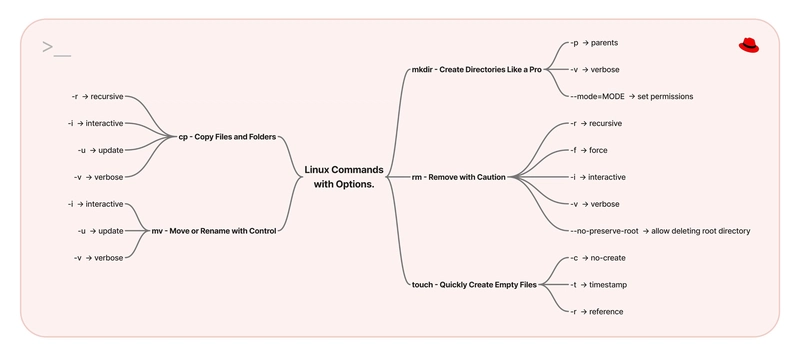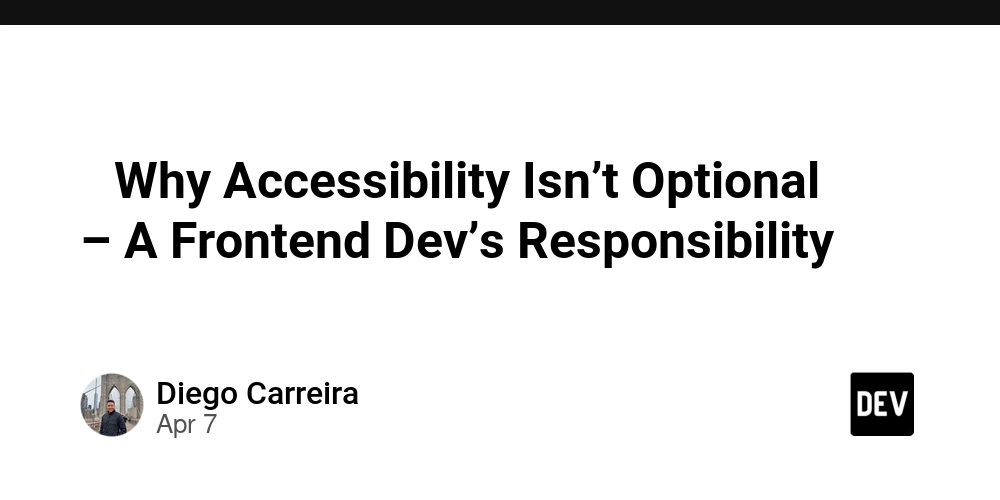Implementing Drag & Drop File Uploads in React Without External Libraries
Implementing Drag & Drop File Uploads in React Without External Libraries Adding drag and drop file upload functionality in React doesn’t require large libraries like React DnD or Dropzone. With just a bit of native browser API and clean React state management, you can build it from scratch. Here’s a step-by-step guide to implementing drag & drop file uploads using only native APIs and React hooks. 1. Set Up Your React Component Create a new functional component and set up basic state using useState to store the dropped files: import React, { useState } from "react"; function FileUploader() { const [files, setFiles] = useState([]); const handleDrop = (e) => { e.preventDefault(); const droppedFiles = Array.from(e.dataTransfer.files); setFiles(droppedFiles); }; const handleDragOver = (e) => { e.preventDefault(); }; return ( Drag and drop files here {files.map((file, index) => ( {file.name} ))} ); } export default FileUploader; 2. Add Visual Feedback Users love feedback when they’re dragging files over a drop zone. Add a new isDragging state and some conditional styling to indicate when the user is hovering over the drop zone: const [isDragging, setIsDragging] = useState(false); const handleDragEnter = () => setIsDragging(true); const handleDragLeave = () => setIsDragging(false); 3. Filter File Types (Optional) If you want to restrict uploads to certain file types (e.g., images), filter the dropped files before setting them to state: const handleDrop = (e) => { e.preventDefault(); const droppedFiles = Array.from(e.dataTransfer.files); const imageFiles = droppedFiles.filter(file => file.type.startsWith("image/")); setFiles(imageFiles); }; 4. Upload to Server (Optional) To actually upload the files to your backend or storage service, add an upload handler with fetch or axios: const uploadFiles = async () => { const formData = new FormData(); files.forEach(file => formData.append("files", file)); const res = await fetch("/api/upload", { method: "POST", body: formData, }); if (res.ok) { alert("Upload successful!"); } else { alert("Upload failed."); } }; Add a button to trigger the upload: Upload Files Conclusion Creating a drag and drop upload component in React doesn’t require a lot of overhead. Native browser APIs provide everything you need to deliver a responsive and intuitive experience with minimal code. Keep it lightweight, style it cleanly, and give your users the interaction they expect — no extra libraries required. If you found this helpful, consider supporting my work at Buy Me a Coffee.

Implementing Drag & Drop File Uploads in React Without External Libraries
Adding drag and drop file upload functionality in React doesn’t require large libraries like React DnD or Dropzone. With just a bit of native browser API and clean React state management, you can build it from scratch. Here’s a step-by-step guide to implementing drag & drop file uploads using only native APIs and React hooks.
1. Set Up Your React Component
Create a new functional component and set up basic state using useState to store the dropped files:
import React, { useState } from "react";
function FileUploader() {
const [files, setFiles] = useState([]);
const handleDrop = (e) => {
e.preventDefault();
const droppedFiles = Array.from(e.dataTransfer.files);
setFiles(droppedFiles);
};
const handleDragOver = (e) => {
e.preventDefault();
};
return (
Drag and drop files here
{files.map((file, index) => (
- {file.name}
))}
);
}
export default FileUploader;2. Add Visual Feedback
Users love feedback when they’re dragging files over a drop zone. Add a new isDragging state and some conditional styling to indicate when the user is hovering over the drop zone:
const [isDragging, setIsDragging] = useState(false);
const handleDragEnter = () => setIsDragging(true);
const handleDragLeave = () => setIsDragging(false);
3. Filter File Types (Optional)
If you want to restrict uploads to certain file types (e.g., images), filter the dropped files before setting them to state:
const handleDrop = (e) => {
e.preventDefault();
const droppedFiles = Array.from(e.dataTransfer.files);
const imageFiles = droppedFiles.filter(file => file.type.startsWith("image/"));
setFiles(imageFiles);
};
4. Upload to Server (Optional)
To actually upload the files to your backend or storage service, add an upload handler with fetch or axios:
const uploadFiles = async () => {
const formData = new FormData();
files.forEach(file => formData.append("files", file));
const res = await fetch("/api/upload", {
method: "POST",
body: formData,
});
if (res.ok) {
alert("Upload successful!");
} else {
alert("Upload failed.");
}
};
Add a button to trigger the upload:
Conclusion
Creating a drag and drop upload component in React doesn’t require a lot of overhead. Native browser APIs provide everything you need to deliver a responsive and intuitive experience with minimal code. Keep it lightweight, style it cleanly, and give your users the interaction they expect — no extra libraries required.
If you found this helpful, consider supporting my work at Buy Me a Coffee.






























































![Apple to Source More iPhones From India to Offset China Tariff Costs [Report]](https://www.iclarified.com/images/news/96954/96954/96954-640.jpg)
![Blackmagic Design Unveils DaVinci Resolve 20 With Over 100 New Features and AI Tools [Video]](https://www.iclarified.com/images/news/96951/96951/96951-640.jpg)





































































































.webp?#)
.webp?#)
.webp?#)




_NicoElNino_Alamy.png?#)











































































![[The AI Show Episode 142]: ChatGPT’s New Image Generator, Studio Ghibli Craze and Backlash, Gemini 2.5, OpenAI Academy, 4o Updates, Vibe Marketing & xAI Acquires X](https://www.marketingaiinstitute.com/hubfs/ep%20142%20cover.png)



































































































































![From drop-out to software architect with Jason Lengstorf [Podcast #167]](https://cdn.hashnode.com/res/hashnode/image/upload/v1743796461357/f3d19cd7-e6f5-4d7c-8bfc-eb974bc8da68.png?#)






























(1).jpg?width=1920&height=1920&fit=bounds&quality=80&format=jpg&auto=webp#)







.png?#)
























































